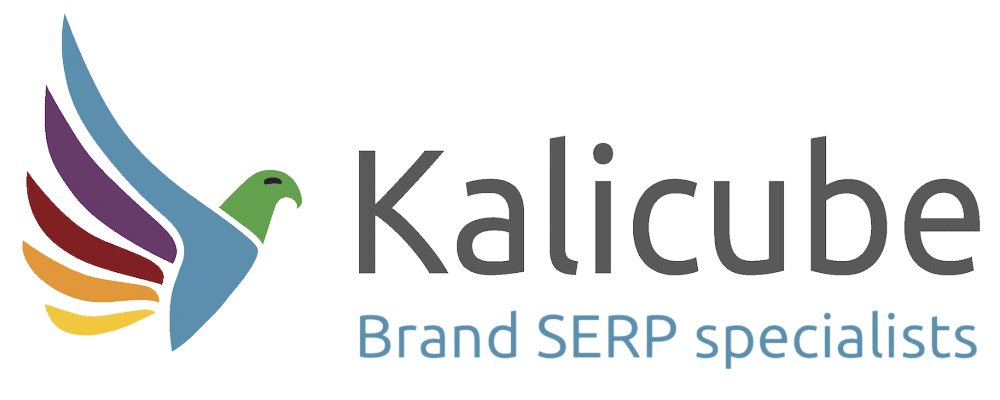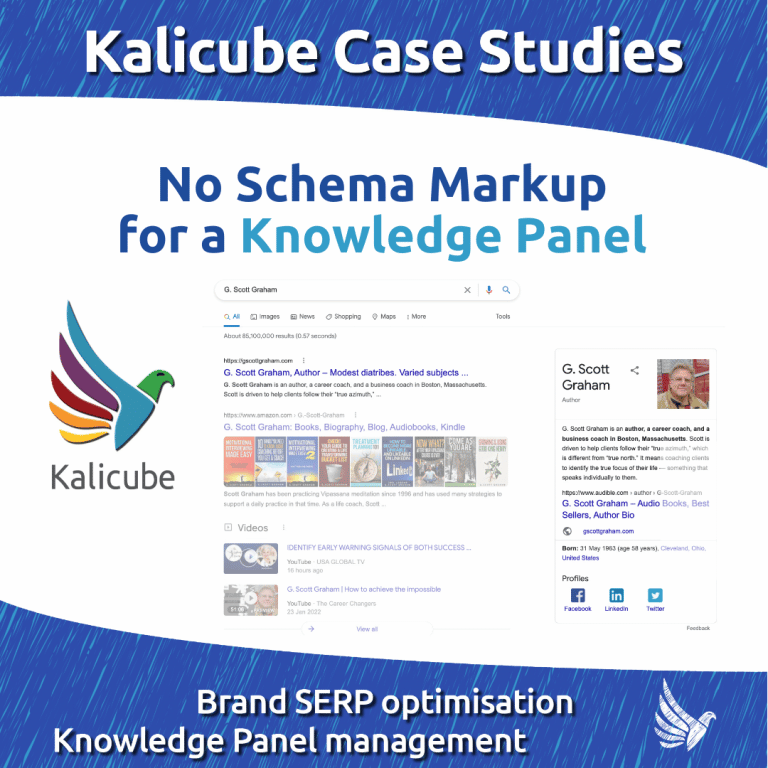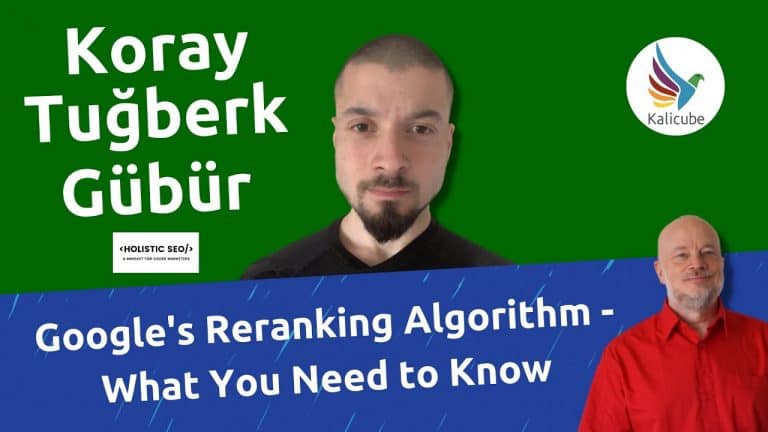Understanding AI vs. Traditional Search Engine Algorithms: Insights from Mr. Bingbot Fabrice Canel

Do Bing Chat and Traditional Bing Search Use the Same Algorithms?
Bing Chat and traditional Bing search use different algorithms. Both systems use a huge content index, and the technology that is driving both is basically the same, because it is powered by Microsoft’s AI program.
The traditional Bing search engine uses an algorithm called “Hubs and Authorities” to rank search results. The hubs and ranking algorithm takes a page that links to many other web pages (the hub) and a page that is linked to by several different hubs (the authority). The more links a page has to other pages, the higher its hub score and the more links a page has from other pages, the higher its authority score.
Bing Chat provides users with advanced features that enable more complex search queries and deeper interactions. Bing Chat uses AI technology and takes a distinct approach by integrating a Large Language Model store that creates an interactive space for users during search queries.
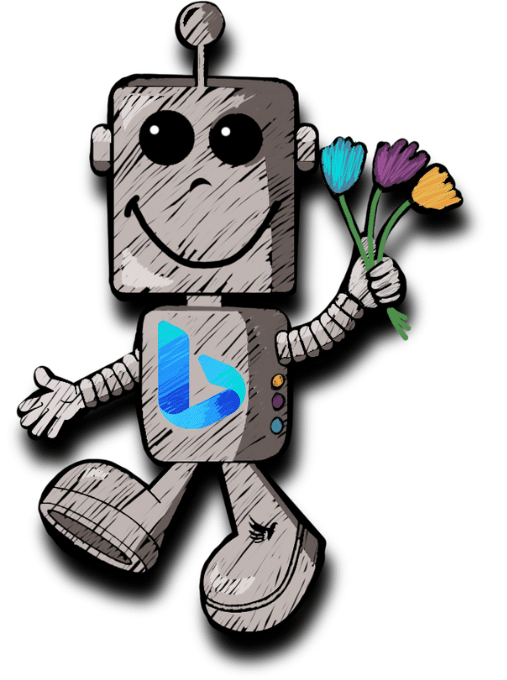
What is a Large Language Model?
A Large Language Model is a type of AI program that can recognize, understand and generate information based on the search query of a user. This can be a chatbot allowing users to ask a question. The chatbot generates a summarised answer based on its synthesis and learning of the huge content index. The LLMs leverage vast Knowledge Graphs, books, research papers, scientific data, and publicly available information on the internet to predict word patterns and relationships between things.
Users making a query with Bing Chat get deeper interactions with the current content indexed on Bing. The content index is not static, but a dynamic ensuring the latest content is indexed in near real-time, enriching user experience. Users are not limited to a single query, since the AI algorithms work with multiple queries and continuously extract the most relevant content from across the Bing web index. The interaction is an ongoing session that doesn’t end with a single query and provides access to the freshest and most valuable content on the Internet.
“When you interact directly with a model that is a static, it does not include the last content. Here, we are not just interacting with the language model, we are really iterating with the search engine to retrieve the best content, so this technology is magical.”
Fabrice Canel, the principal Product Manager at Microsoft Bing for 26 years and instrumental in the development of the new AI-powered Bing and Microsoft Edge
What is Bing Chat?
Bing Chat is a relatively new addition to Microsoft Bing’s capabilities and was introduced to limited users in February 2023. Bing Chat’s main function is to provide users with an improved and enhanced search experience. The traditional Bing search engine limits users to short queries, whereas Bing Chat allows for more extensive interaction.
Bing Chat presents users with a large text box that can accommodate not only individual search queries, but even entire sentences or, in some cases, paragraphs. Bing Chat’s search character limit was increased from 2,000 to 4,000 characters in May 2023. Users now have deeper and more complex conversations with the search engine.
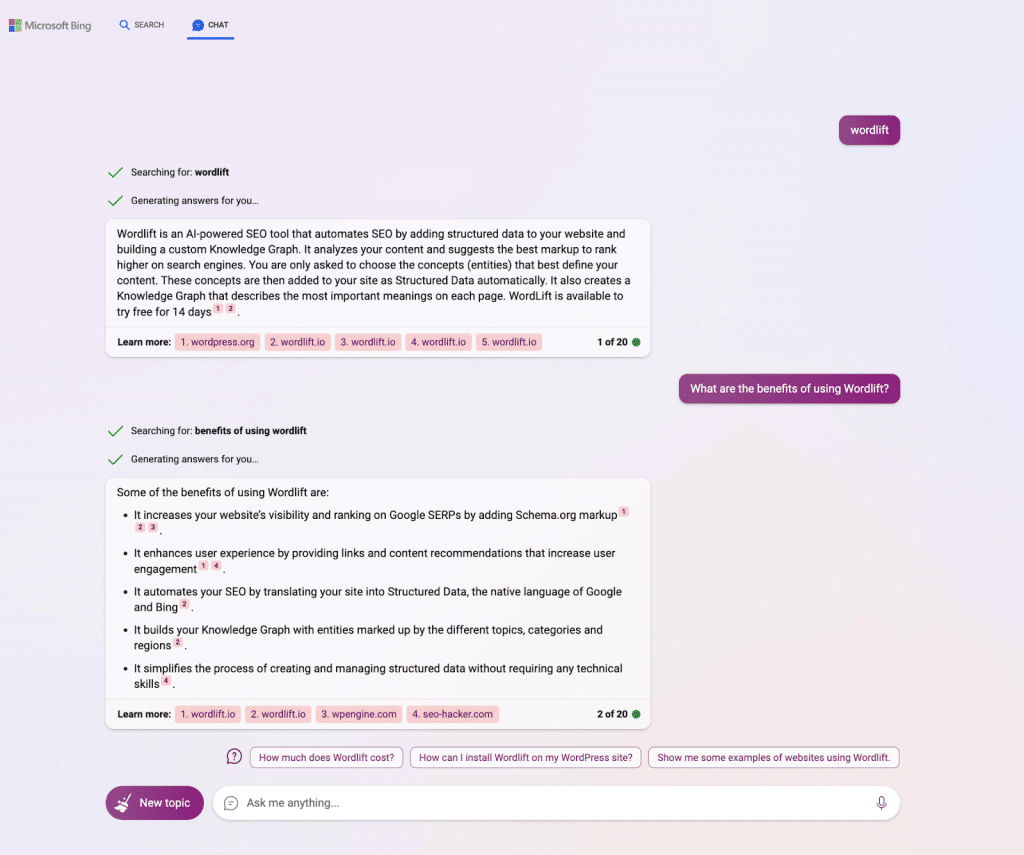
Bing Chat encourages users to ask broader and more layered questions. Bing Chat supports ongoing interactions that allow users to deepen search queries, build on the answers given, and iteratively refine the search. The dynamic experience is designed to make the search process more satisfying for Bing users.
Can we consider Bing Chat and Google SGE Multiple Mini Featured Snippets or Dynamic Knowledge Panels?
Yes, we can consider Bing Chat and Google SGE, or search generative experience, a mini Featured Snippet or a dynamic Knowledge Panel because they provide additional information to users beyond the traditional 10 blue links.
“Bing Chat and Google Search Engine Experience are dynamic Knowledge Panels, but if I’m asking about a transactional query or a research query, it’s more like a multi-faceted featured snippet.”
– Jason Barnard, The Brand SERP Guy
“I think at the end of the day, fundamentally, this is both and this is really something that is new.”
Fabrice Canel, Mr. BingBot
Featured Snippets in Google, also referred to as “direct answer” or “the answer box,” are short answers provided by Google immediately on the Search Engine Results Page (SERP). Google aims to provide the most relevant answer to the user’s search query in a simple way right at the top of the SERP, thus avoiding the need to visit a website.
A Google Knowledge Panel is a search results feature that provides a concise summary of information about an Entity such as a company, person, or brand collected by Google from a variety of credible sources. It is Google’s understanding of the facts about your Entity. At Kalicube, we call the Knowledge Panel “Google’s Stamp of Approval”.
Search queries in Bing Chat and Google SGE generate a summarized answer based on its synthesis and learning of the huge content index. The answer generated is similar to a Featured Snippet, but with more links and additional context. Bing and Google use AI algorithms in analyzing huge amounts of information on the web and identifying patterns and relationships from these pieces of information.
Watch the full episode of How does Generative AI in Search Work and What is Coming in 2024 – Kalicube Friday the 13th with Fabrice Canel here >> where Mr. BingBot reveals how Bing creates Chat results, how they use AI in their ranking algorithms and what SEOs must focus on for 2024.
